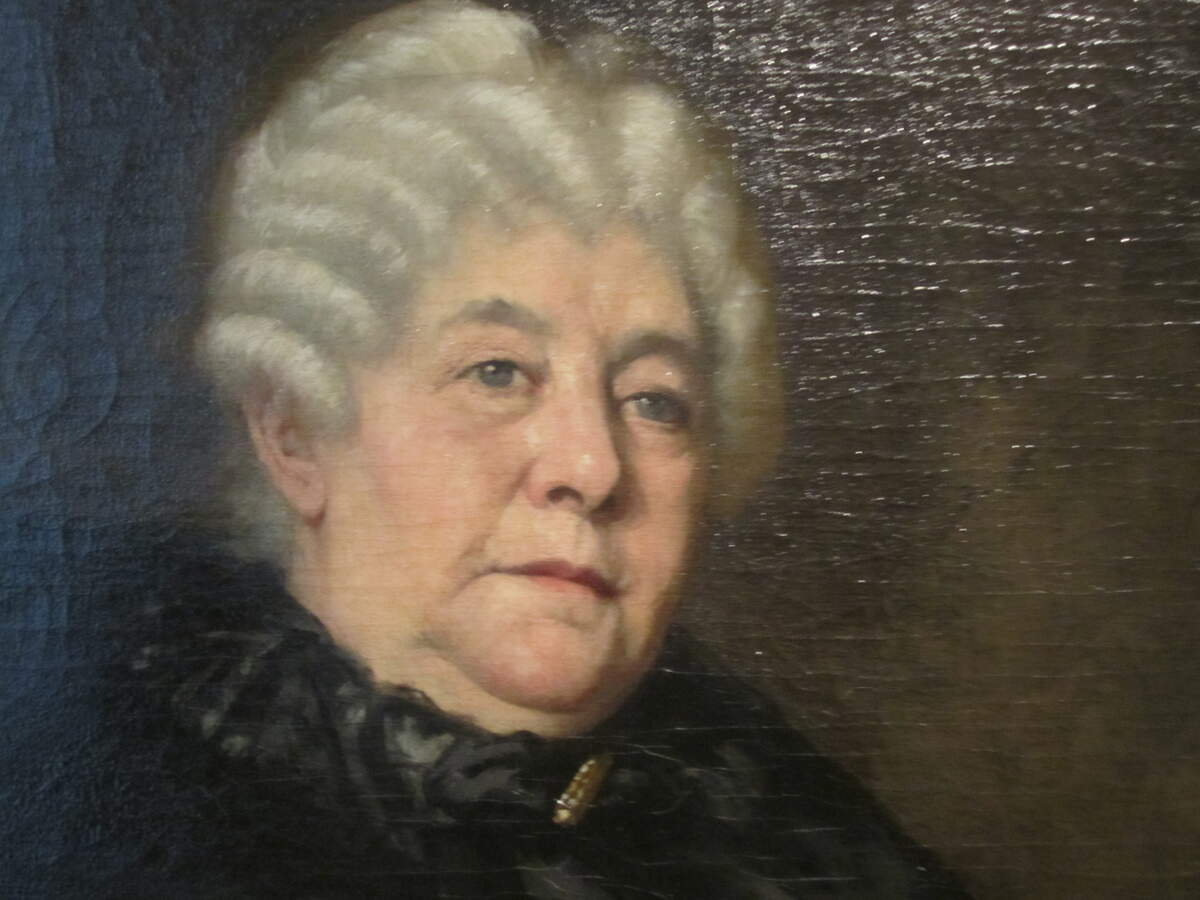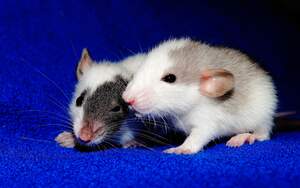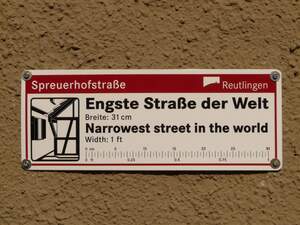

Elizabeth Cady Stanton Day
Also known as
Stanton Day
Observed
annually on November 12th (since 1936)
Dates
Founded by
Tags
Famous People & Celebrities
Women
Hashtags
Sources
https://encyclopedia2.thefreedictionary.com/Stanton+Day
https://nyassembly.gov/leg/?default_fld=&bn=A08121&term=2017&Summary=Y&Actions=Y&Text=Y&Committee%2526nbspVotes=Y&Floor%2526nbspVotes=Y
https://timesmachine.nytimes.com/timesmachine/1945/11/03/109347335.html?pageNumber=14
https://www.amazon.com/dp/0252071735/?tag=checkiday08-20
https://www.amazon.com/dp/1598888587?tag=checkiday08-20
https://www.history.com/topics/womens-history/elizabeth-cady-stanton
The fight for equality for women was at the heart of the work of Elizabeth Cady Stanton, who was born on today's date in 1815, in Johnstown, New York. Governor Herbert H. Lehman proclaimed November 12 as Elizabeth Cady Stanton Day in New York State by as early as 1936, and he did so at least once more during his tenure, in 1941. Similarly, New York Governor Thomas Dewey proclaimed the day in the state in 1945. The New York State legislature has since established the date as Elizabeth Cady Stanton Day. The holiday is also unofficially celebrated beyond New York by supporters of women's rights, and by women's rights groups, such as by the National Organization for Women (NOW).
Most known for being a women's rights advocate, her focus on the subject was all-encompassing, although perhaps her greatest attention was given to the right to vote. She was an activist for human rights on a broader scale as well, fighting for causes such as abolition. Born Elizabeth Cady, she graduated from Johnstown Academy at the age of 16, and then attended Troy Female Academy, which is now known as Emma Willard School. In 1839, while living with her cousin in Peterboro, New York, she became involved in the abolitionist movement and met Henry Brewster Stanton, an abolitionist, and journalist. They married in 1840, with a ceremony that was devoid of any mention of the word "obey," and between 1842 and 1859 they had six children.
Elizabeth Cady Stanton came to national prominence when she helped organize the first women's rights convention, held in Seneca Falls, New York, in 1848. Known as the Seneca Falls Convention, its occurrence is seen as the genesis of the women's rights movement in America. Others involved in organizing it included Lucretia Mott, Mary Ann M'Clintock, Jane Hunt, and Martha Coffin Wright.
Stanton drew up a list of rights she thought women should have and brought them to the convention. Known as the Declaration of Sentiments, this "bill of rights for women" was modeled after the Declaration of Independence, and compared the fight of women for rights to the fight of the Founding Fathers for independence from the British. It delineated examples of men oppressing women, such as not allowing them to vote, own land, earn wages, get a college education, participate in church matters, or have a say in divorce or child custody proceedings. It showed how men aimed to make women submissive and dependent on them, and how women were held to a different moral code than men. The Declaration of Sentiments also included the first formal demand for women's suffrage in the United States. Stanton read it aloud at the convention and 68 women and 32 men signed it, including Frederick Douglas. It was later pilloried in public and some withdrew their support from it.
In 1851, Stanton met Susan B. Anthony and built a partnership that would last half a century. They formed the National Woman Suffrage Association (NWSA), organized suffrage campaigns, supported liberal divorce laws, and fought for women's equality on many fronts. They were also supporters of the temperance movement. Stanton spent much of her focus on research and writing women's rights literature, as well as on writing many of Susan B. Anthony's speeches. Stanton's 1854 "Address to the Legislature of New York" put New York State on the path to passing reforms allowing for women to have joint custody of children after divorce, to own property, and to take part in business transactions—they passed such laws in 1860. During the 1860s, Stanton began advocating for more sexual freedom and reproductive rights for women as well.
Amid the Civil War, Stanton and Anthony formed the Women's Loyal National League, to fight for the passage of the Thirteenth Amendment, which would abolish slavery. Although the women's rights and abolitionist movements had long formed a partnership, following the war, Stanton and Anthony opposed the proposed Fourteenth and Fifteenth Amendments, because they didn't expand the vote to women while they expanded it to African Americans. The suffrage movement split around the same time. In 1869, Stanton and Anthony formed the National Woman Suffrage Association. It focused on women's suffrage at the national level. Those who wanted to focus their efforts on enfranchisement at the state level formed the American Woman Suffrage Association. The two women's groups were brought back together with the founding of the National American Woman Suffrage Association (NAWSA) in 1890, with Stanton at its head. It was around this time that some states began giving women the right to vote.
During the 1880s, Stanton co-authored the first three volumes of History of Woman Suffrage. In 1895, along with a committee of women, she published The Woman's Bible, which showed the Bible's bias against women and challenged its belief that women should remain submissive to men. Many NAWSA members saw it as being too extreme, and they formally censured her. Stanton published her autobiography, Eighty Years and More, in 1898.
Stanton died on October 26, 1902, without living long enough to see women gain the right to vote nationally. But a draft she wrote in 1878 set the groundwork for what eventually became the Nineteenth Amendment. Adopted on August 26, 1920, it gave women the right to vote nationally. Today we celebrate Stanton for her contributions to the fight for women's suffrage, and for her contributions to women's equality and human rights in general.
How to Observe Elizabeth Cady Stanton Day
The following are some ideas on how to observe the day:
- Visit the Women's Rights National Historical Park in Seneca Falls, New York, which includes Elizabeth Cady Stanton's home and the Wesleyan Chapel—where the Seneca Falls Convention was held—among other sites.
- Visit Stanton's gravesite at Woodlawn Cemetery in the Bronx.
- Visit the National Women's Hall of Fame.
- Read a book about Stanton, such as In Her Own Right: The Life of Elizabeth Cady Stanton or The Road to Seneca Falls: Elizabeth Cady Stanton and the First Woman's Rights Convention.
- Watch Not for Ourselves Alone: The Story of Elizabeth Cady Stanton & Susan B. Anthony or One Woman, One Vote.
- Read the "Address to the Legislature of New York" or the Declaration of Sentiments.
- Read books written or co-written by Stanton, such as the History of Woman Suffrage, The Woman's Bible, or Eighty Years and More.





















